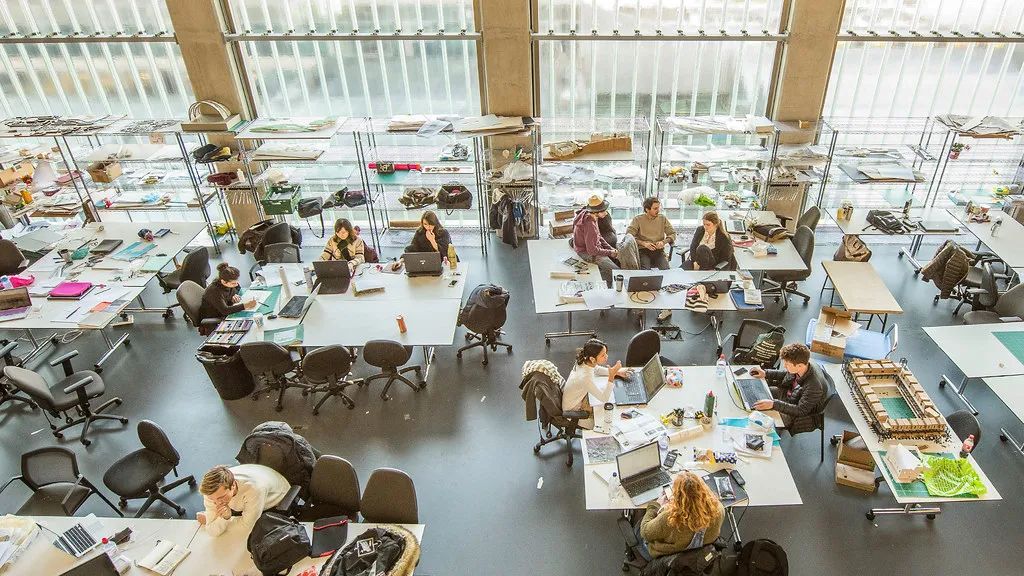The distance between rungs shall be 30cm.
All kinds of motors must be grounded (connected to neutral) according to the regulations, and separate switches must be set.
The end of the railway track shall have a stop, and the brake and hook of the vehicle shall be intact and reliable.
Article 16: the commissioning of electrical, instrument and equipment shall be carried out in strict accordance with safety technical measures.
Communication devices shall be set up and specially assigned personnel shall be responsible for the connection between high-altitude operation and the ground..
When entering the construction site, safety helmets must be worn, slippers or bare feet are prohibited.
The angle between single-sided ladder and the ground shall be 75 ° + 5 °.
Article 3: correctly use personal protective equipment and safety protection facilities.
When the power cannot be cut off, isolation and protection measures shall be taken.
In case of temporary power failure or shutdown, they must be opened and locked.
Cleaning and repair are not allowed during operation, and it is strictly prohibited to extend your head and hand into the range of mechanical travel.
3.
Article 1 of the construction site: employees participating in the construction (including temporary workers, interns, training personnel and subcontracting labor personnel) must strictly abide by the post responsibility system and shift handover system, and be familiar with the safety technical operation procedures of their own employees.
Article 9: when preparing acid solution, the acid shall be slowly injected into the water and stirred evenly.
Article 24: the materials used in high-altitude operation shall be stacked stably, the tools shall be put into the tool bag, and the objects transferred up and down shall not be thrown.
In dangerous areas, signs of “danger” or “no passage” shall be hung, and red lights shall be set at night.
Article 2: electricians, welders, crane drivers, pile drivers, drivers of various motor vehicles, pressure vessel operators and other special operators must undergo special training, pass the examination and hold a valid operation certificate before they can take up their posts.
Article 12: the bases of machinery and power machines must be stable, and protective devices shall be installed at the dangerous parts of rotation.
Article 11 of mechanical and electrical equipment: when operating machinery, the cuffs shall be tightened, and the hair braids of female workers shall be pulled into their hats.
When working on one side of the overhead transmission line, under any circumstances, the jib The shortest distance between the steel wire rope or heavy object and the overhead transmission line shall not be less than the provisions in the following table: the transmission line voltage is 1-15kv20-40kv60-110kv200kv330kv, and the shortest distance between the steel wire rope or heavy object and the transmission line is allowed to be 1.534567 Article 18: the voltage of the portable lamp shall not exceed 36V.
It is strictly prohibited to pour water into the acid.
Article 5: holes, pits, lifting openings, material funnels and other dangerous places on the construction site shall be provided with protective facilities or obvious signs.
Article 4: scaffolds, protective facilities, safety signs and warning signs on the construction site shall not be moved (dismantled) without authorization.
When working at heights, cliffs and steep slopes without protective facilities, safety belts must be worn.
If cracks, looseness or loose support are found, reinforcement measures shall be taken in time.
Article 14: electrical equipment and lines must be well insulated, and wires shall not be tied together with metal objects.
If female workers are incompetent for their original work during pregnancy, they shall change suitable jobs according to the certificate of the doctor.
If abnormal conditions are found, stop the machine for inspection and do not repair it during operation.
Article 8: during pit and groove construction, the stability of the slope shall be checked frequently.
According to the diagnosis of doctors, those who are not suitable for work at height, such as hypertension, heart disease, anemia, epilepsy and other diseases, shall not be engaged in work at height.
When using, the upper end shall be tied firmly, and anti-skid measures shall be taken at the lower end.
During the operation, stick to the work post and do not operate after drinking.
Article 25: in case of adverse weather (such as wind force above level 6) affecting construction safety, it is prohibited to carry out open-air high-altitude, lifting and piling operations.
Containers for acid storage shall be covered and marked.
Article 27: without safety protection measures, it is forbidden to walk or work on the top chord, support, stringer, cantilever beam and semi fixed components of roof truss.
Oxygen cylinders shall be strictly prevented from being contaminated with grease, acetylene gas and liquefied petroleum gas, and must be equipped with safety devices to prevent tempering.
Article 22 work at height: regular physical examination shall be conducted for work at height.
When working in a humid place or metal container, the voltage of the portable lamp shall not exceed 12V.
Article 10: protect female workers during menstruation, pregnancy, childbirth and lactation.
Article 26: the ladder used for climbing shall not be left out of gear or padded up.
It is forbidden for two people to work on the ladder at the same time.
Article 19: pressure vessels shall be equipped with safety valves and pressure gauges, and shall avoid exposure and collision.
If they need to be moved (dismantled), they shall be approved by the person in charge of the construction site.
Click the blue words above to add attention + content source network, for reference only; General provisions on safety technical operation procedures for water conservancy construction workers 1.
The crane shall not work under the overhead transmission line.
Article 6: there shall be traffic safety signs on the construction site, and command posts shall be set at intersections with heavy traffic.
According to the soil quality, ditch depth, water level, mechanical equipment weight and other conditions, the distance between the stacked materials and the pit side of the construction machinery shall be determined.
2.
Article 17: when working under the overhead transmission line, the power shall be cut off.
The jib shall be dropped through the overhead transmission line.
When transporting materials to the pit and groove, there shall be signal contact.
Article 21: when engaging in corrosive, dust, radioactive and toxic operations, protective measures shall be taken and regular inspection shall be carried out.
It is strictly prohibited to use it if it does not meet the requirements.
There must be protective sheds or other isolation facilities at the entrances and exits where there is danger of cross operation up and down, and there must be protective fences, baffles or safety nets, safety helmets, safety belts The safety net shall be inspected regularly.
If it needs to be extended, it shall be bound firmly, the bottom foot of herringbone ladder shall be pulled firmly, and the ladder shall be used at the passage, There should be someone to monitor or set up a fence.
Article 23: for high-altitude operation, it is necessary to dress flexibly, and it is forbidden to wear hard soles and shoes with nails that are easy to slide.
Article 7: the track gradient of the truck and flat car running on the construction site shall not be greater than 3%.
Article 13: before work, machines, instruments and tools must be checked and confirmed to be in good condition before use.
Article 20: X-rays or γ Non operators are not allowed to enter the radiographic inspection operation area.
Article 15: construction machinery and electrical equipment shall not operate with faults or overload.




